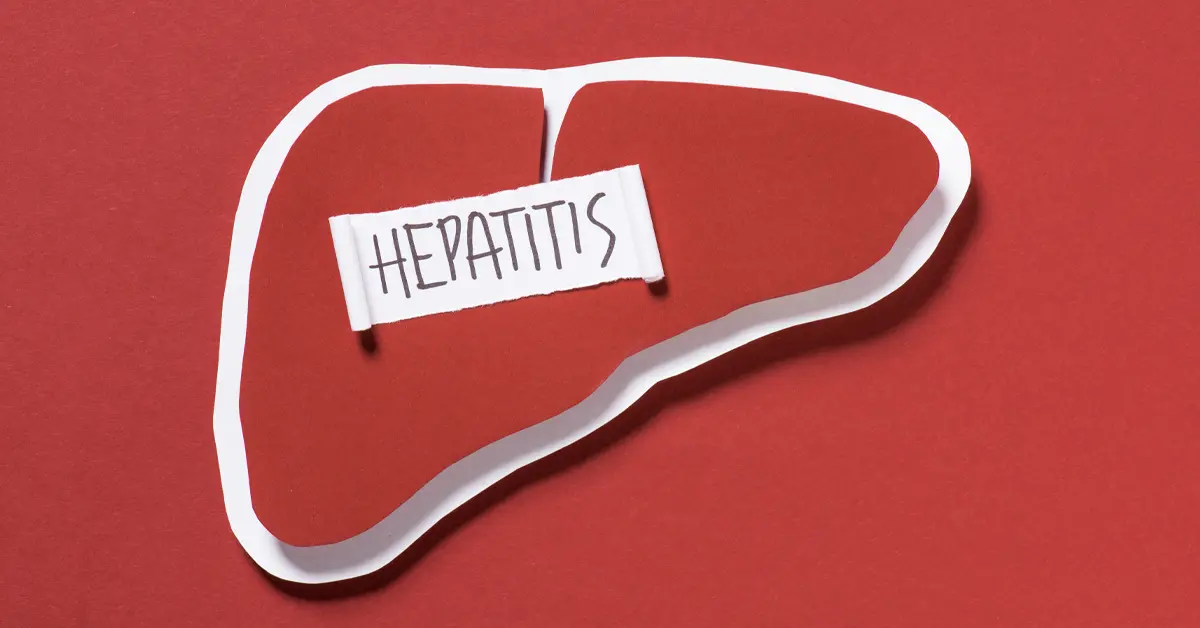The Hepatitis C virus (HCV) is a worldwide public health concern that can cause both acute and chronic liver diseases. Proper diagnosis and treatment remain difficult due to limited access and cost. Using Telehealth like Remote Patient Monitoring Technology to manage HCV patients may indicate a viable solution. In this article, we tackle the five FAQs about this disease and how Remote Patient Monitoring can help people with Hepatitis C.
5 FAQS About Hepatitis C Infection
A total of 4,136 acute hepatitis C infections were reported to the CDC in 2019. An estimated 57,500 acute hepatitis C cases were reported in 2019 after accounting for under-ascertainment and under-reporting. From 2013 to 2016, an estimated 2.4 million Americans were thought to have hepatitis C.(1)
What are the symptoms of hepatitis C infection?
Acute infections happen six months after first being exposed to the virus. Within two to twelve weeks after viral exposure, symptoms may appear. You might experience the following symptoms:
- fever
- persistent tiredness
- joints hurt
- vomiting or abdominal pain
- reduced appetite
- dark feces
- pale or gray stools
- jaundice (when the whites of your eyes and your skin become yellowish)
These illnesses frequently only last a few weeks and are minor. You might not require medical therapy if you have acute hepatitis C because your body can sometimes fight the illness on its own. You might not even be aware that you have the disease if you don’t have any symptoms. But even if you are symptom-free, you can still spread the virus to other people.
What are the risk factors for hepatitis C infection?
The following individuals have a higher chance of contracting hepatitis C:
- HIV-positive people
- People who currently or have injected drugs, even those who did it just once many years ago
- People who have specific medical issues, such as those who have ever undergone maintenance hemodialysis
- Recipients of blood or blood components transfusions or organ transplants, including those who received clotting factor concentrates made before 1987, those who received a blood transfusion or blood component transplant before July 1992, those who learned they received blood from a donor who later tested positive for HCV infection, and those who were informed.
- Personnel in the medical, emergency, and public safety fields following exposure to HCV-positive blood through sharps, needlesticks, or mucosal contact
- Babies born to mothers who have HCV
What are the complications of hepatitis C infection?
Long-term hepatitis C infection can result in serious problems, including:
- Hepatic scarring (cirrhosis). Cirrhosis may develop decades after hepatitis C infection. Your liver’s ability to function is compromised by scarring.
- Liver cancer. Those with hepatitis C infection have a slight chance of developing liver cancer.
- Liver failure. If you have advanced cirrhosis, your liver may stop working.
What are the treatments for hepatitis C infection?
Most acute and chronic hepatitis C cases can be cured using direct-acting antiviral medications (DAAs). Most patients tolerate the drugs well, with weariness and headaches being the most frequent adverse effects. These drugs stop the growth of virus cells by specifically targeting stages in the HCV life cycle. The DAAs that are used to treat hepatitis C were:
- Elbasvir/grazoprevir
- Pibrentasvir and glecaprevir
- Ledipasvir/sofosbuvir
- Alfa-2a peginterferon
- Sofosbuvir
The genotype of the virus determines the medication to be used and the length of the course of therapy.
How can remote patient monitoring help manage hepatitis C infection?
A significant burden of Hepatitis C virus (HCV) primarily affects distant and marginalized areas, and likely they encounter numerous obstacles, such as a lack of knowledge and a shortage of healthcare workers. Lack of testing facilities, insufficient finances, worries about stigma, or costs of therapy and social isolation are some of the numerous barriers to care that result in inadequate HCV case diagnosis and management. As a result, patients have difficulty accessing healthcare.
RPM allows patients to be monitored at home using easy-to-use medical devices and secure mobile applications. This extends healthcare access for those people living in rural areas and underserved populations. Moreover, RPM enables timely diagnosis and medical intervention as it features live streaming of patient data.
Studies have revealed that patients treated with remote patient monitoring resulted in greater rates of sustained virological response compared to individuals receiving face-to-face consultations, which are the standard method of HCV treatment. This innovation was discovered to be a valuable and practical tool for prompt screening, diagnosis, and treatment of HCV, especially in impoverished communities with multiple hurdles, including a lack of basic healthcare facilities and medical professionals as well as poverty.(2)
Takeaway
Hepatitis C is a liver infection brought on by the hepatitis C virus. Acute and chronic hepatitis, which can range in severity from a moderate condition to a serious, life-long condition involving liver cirrhosis and cancer, can be brought on by the virus. More than 95% of people with hepatitis C can be cured with antiviral medications, but diagnosis and treatment are not widely available. Remote patient monitoring or RPM can bridge these gaps in healthcare access.
To know more about Remote Patient Monitoring, contact DrKumo.








